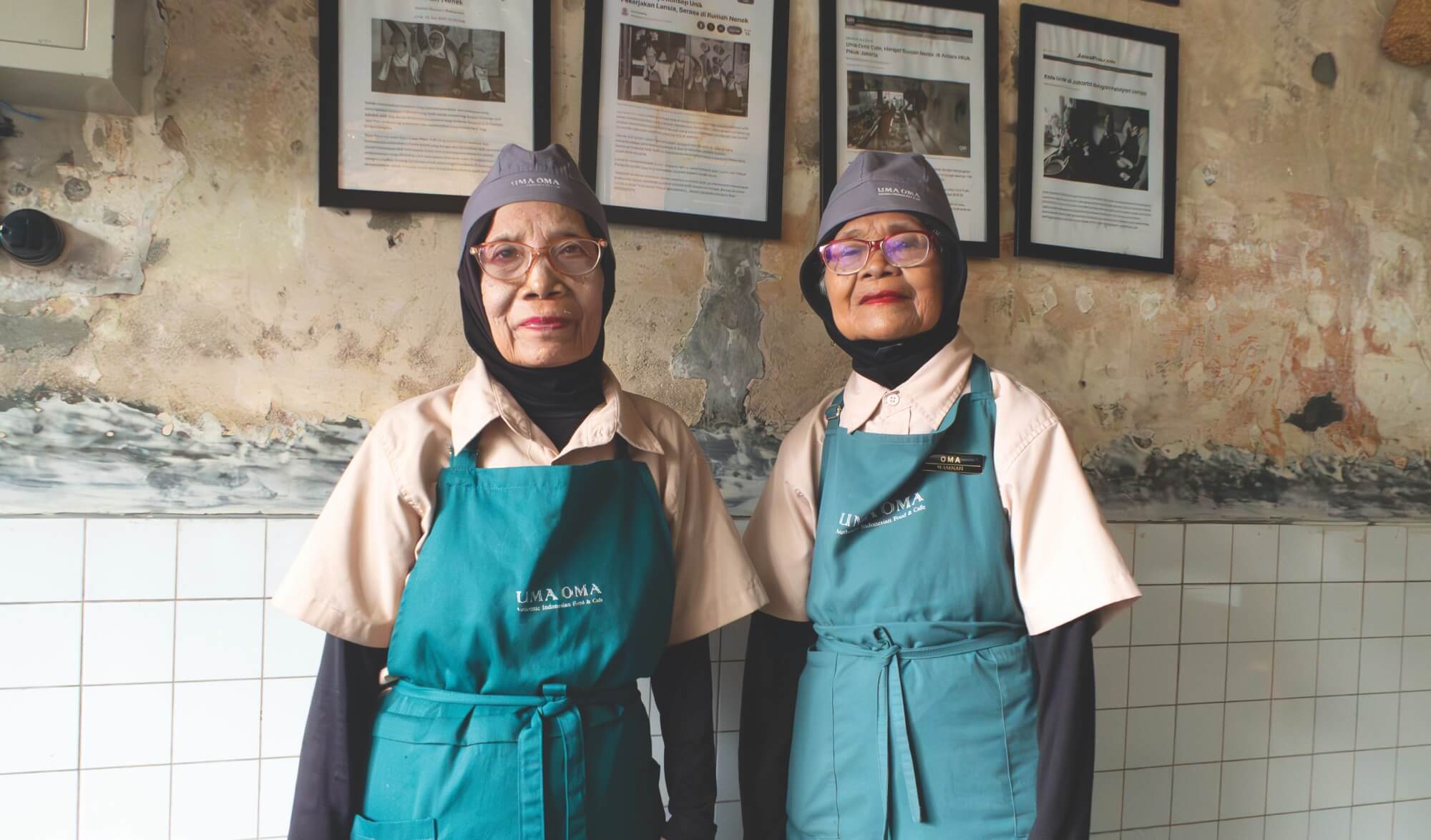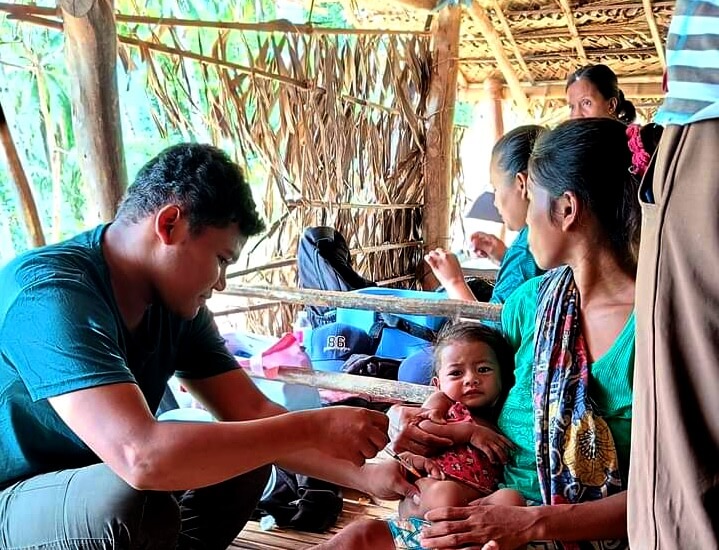



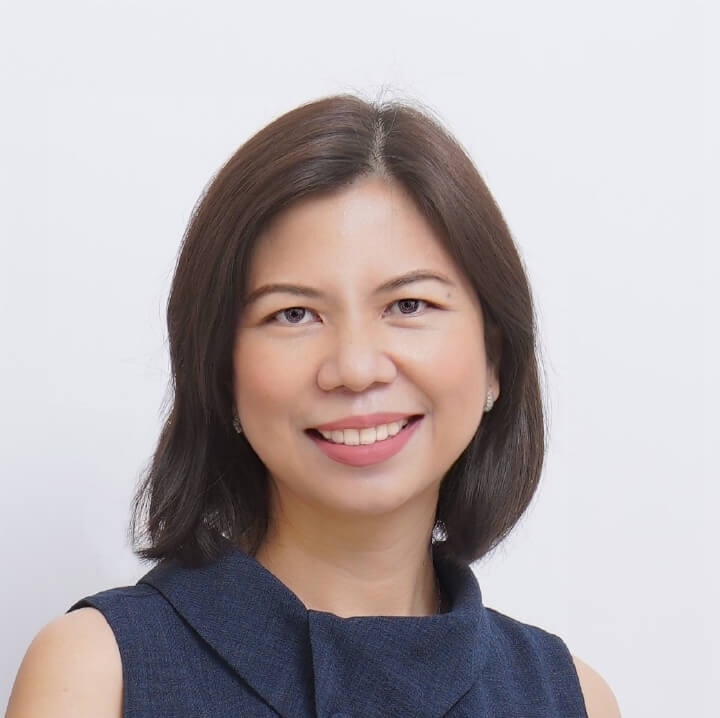
Gemma Ambuyoc, 38, did not have an easy life growing up. Born out of wedlock, Gemma was raised by her grandmother, who struggled to support her. “I would not have been able to finish high school without my teacher, who gave me a job and a place to live,” Gemma recalled.
Her hopes for a better life dimmed after marrying young. She became a stay-at-home wife and mother with a husband who had no stable job. “We could barely make ends meet. We were living in a small hut with no furnishings, no electricity,” Gemma recounted. “We often didn’t have enough for food or our child’s school expenses. Isn’t it heartbreaking when your child goes hungry or when they see other children eating food you can’t afford to buy?”
The Pantawid Pamilya Pilipino Program or 4Ps was a lifeline for Gemma. Introduced by the Philippine government in 2008, 4Ps is a conditional cash transfer programme that assists low-income households. It provides a monthly health and nutrition grant and rice subsidy to each household, and educational allowance for each child (not exceeding 18 years old) in the household. In turn, the parents must ensure that their children attend school and receive regular health
check-ups. Family beneficiaries must also attend the monthly family development sessions covering various topics, such as responsible parenting, health and nutrition, and women’s rights. Over four million households are currently enrolled in the programme. Stories of success Gemma’s family was a recipient of the programme from 2012 to 2020. She told The ASEAN, “I’m grateful for the programme. It made a huge difference in our lives. We could afford food, pay our bills, and buy school supplies. It helped us take care of our health. Without the programme, my children would have been malnourished.” Kim Kim Inde, 23, was also a recipient of the 4Ps beginning in 2014 when he was in 7th grade until he graduated from high school. He is the youngest of five siblings and belongs to the Palaw’an indigenous community. “I was able to finish high school with 4Ps financial assistance. I credit my parents for spending the assistance wisely. They used it to support my school needs and for our family’s daily expenses,” Kim narrated. “My older siblings—a brother and three sisters—were unable to continue schooling because we were financially strapped. Without help, I would not have been able to complete high school, let alone enter college.” Although critics have raised concerns over the creation of dependency among beneficiaries of conditional cash transfer programmes like the 4Ps, Gemma and Kim’s experiences prove otherwise. Four years after graduating from the programme, Gemma’s two children are thriving in school. “My eldest, Jimmy, is in grade 12 and hopes to study criminology. My daughter, Precious, is in grade 7 and wants to be a nurse,” Gemma said.
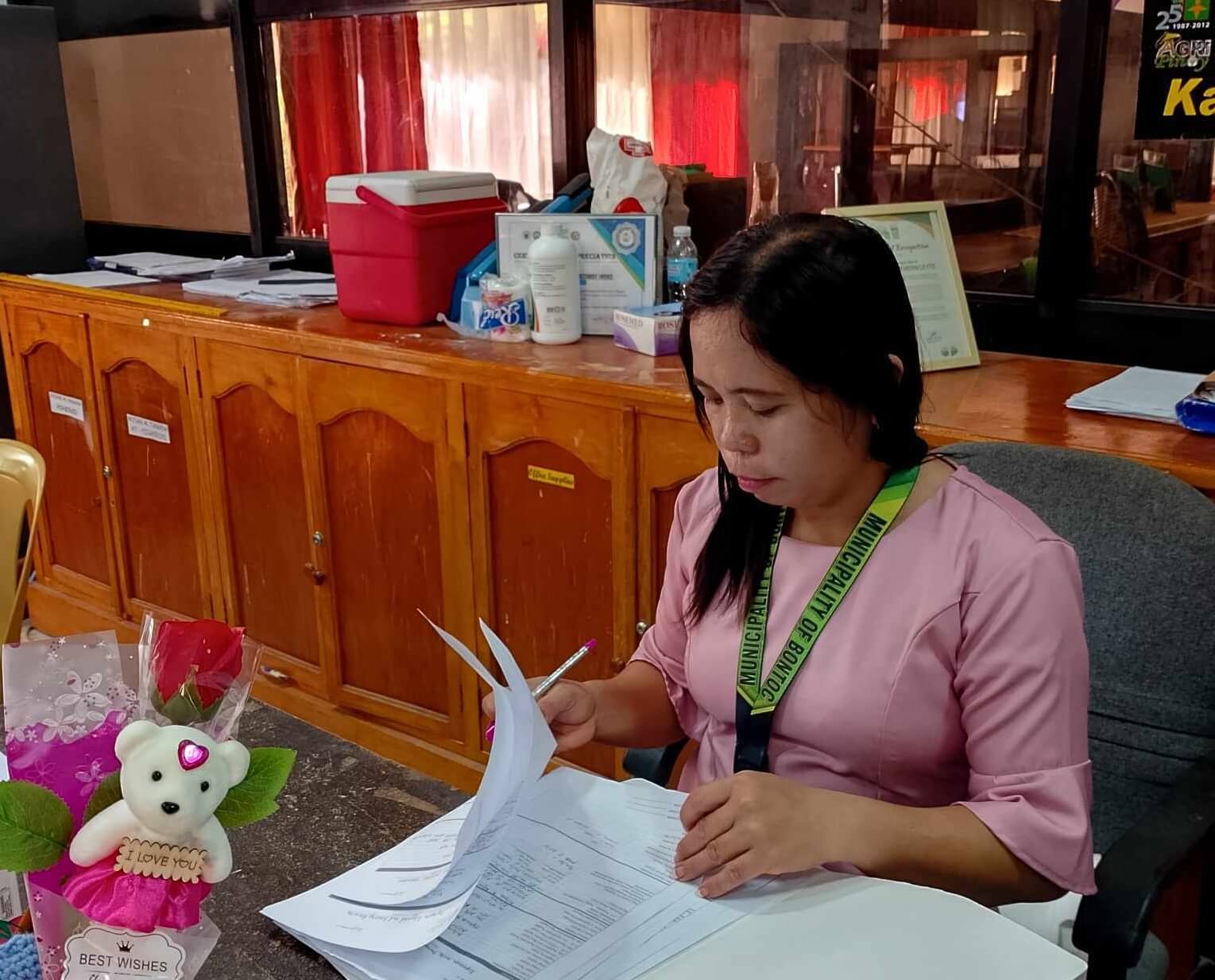
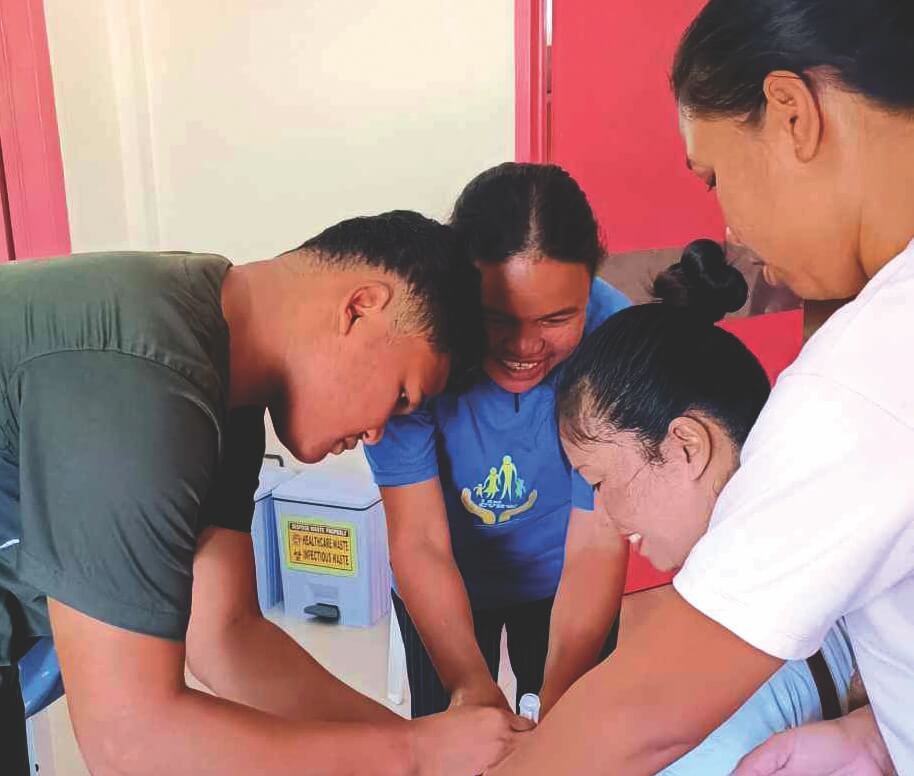
Gemma herself went back to school in 2017 while selling clothes and beauty products to earn additional income. She said that the 4Ps family development sessions were a huge help, opening her eyes to a different world. “I became empowered and learned about my rights and responsibilities. Before, my whole world revolved around taking care of my family. But through the sessions, I learned that even though you’re a mother, your life isn’t over,” she recounted.
Gemma has since completed her bachelor’s degree in Agricultural Technology from the Southern Leyte State University. She now works in the agricultural department of the local government unit of Bontoc, Southern Leyte. “I worked hard for my degree, and so I treasure it. I also love the job I have now because it’s what I want to do, and I can now take care of my family financially,” Gemma said.
Kim also continued his education after graduating from high school and from the 4Ps. He got into the midwife programme offered by the University of the Philippines Manila School of Health Sciences in Leyte and received a scholarship from the Department of Health to complete the programme.
“I got my diploma, and thankfully, I was also able to pass the board exam in 2023,” Kim narrated. Kim is now employed at Brooke’s Point Rural Health Unit of the Department of Health. Eventually, he plans to continue his studies to realise his dream of becoming a doctor.
Challenges in implementation
Implementing the Pantawid Pamilya Pilipino Program has not been without its challenges.
Monitoring compliance with the programme’s conditions can be difficult, requiring significant administrative resources. One innovative approach to managing the vast number of beneficiaries, especially in communities with a high enrollment in the programme, involves organising the beneficiaries and assigning parent-leaders like Gemma, according to the Department of Social Welfare and Development (DSWD). “This set-up allows the DSWD 4Ps staff to relay vital information about the programme, coordinate family development sessions, and reach out to beneficiaries when needed,” DSWD’s Jonna Marie Marquez told The ASEAN.
Ensuring that the 4Ps programme reaches and addresses the needs of the country’s poorest and most vulnerable households also requires refining the targeting system through regular data collection and analysis. According to recent pronouncements by DSWD, a community-based survey will be undertaken to update its list of beneficiaries. It is also looking into the possibility of increasing the cash grants to offset the impact of inflation.
Impact on poverty reduction
Several studies have highlighted the effects of the 4Ps on decreasing poverty levels in the Philippines. A 2017 impact assessment carried out by a team from the World Bank showed that the programme led to a decrease of 1.3 percentage points in poverty rates and contributed to a 0.6 point reduction in income inequality.
Previous assessments conducted by both DSWD and the World Bank also demonstrated results: an increase in school enrollment and attendance among school children; higher rates of vitamin supplementation and deworming pill uptake for children; favourable changes in behaviour related to seeking healthcare and attending school; and no disincentive effects on adults’ labour participation.
Smaller scale studies also showed that the 4Ps helped beneficiaries start businesses, increased their average monthly incomes, and improved the academic performance of children.
These research findings underscore the value of 4Ps as a poverty alleviation tool and validate the government’s continuing investment in the programme. Gemma and Kim’s stories show that targeted interventions that foster self-reliance and empowerment can break the cycle of poverty, providing hope and creating opportunities for the most vulnerable families.
Staff Writer Ixora Tri Devi contributed to this article.




